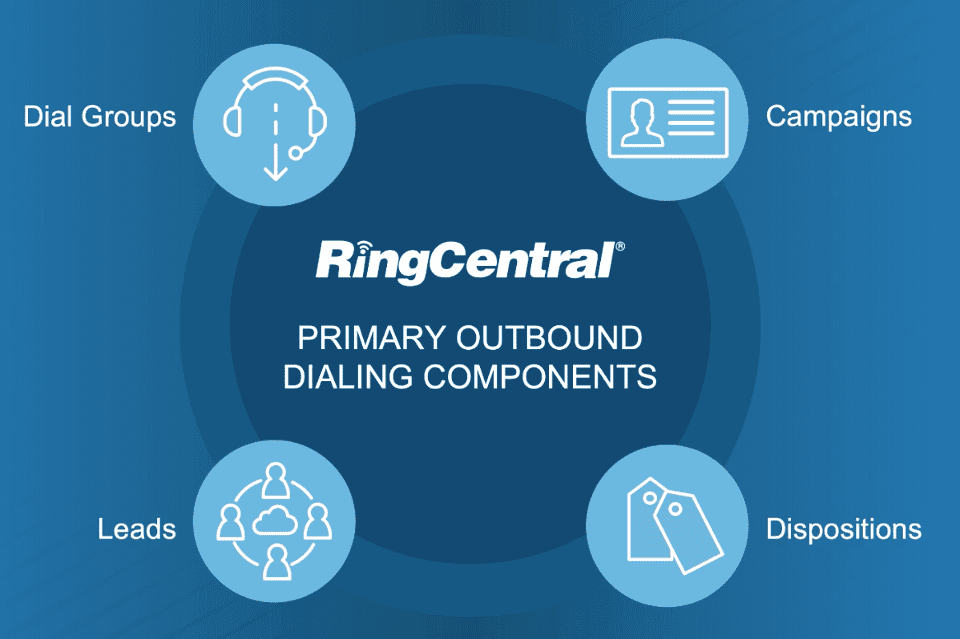Introduction to Dialing APIs

Outbound calling activities can be planned and managed effectively using RingCX dialing components. They are not only helping a business determine objectives of outbound calls, but also ensure high agent performance, great customer service and deliver quality reports.
-
Dialing groups determine the dialing mode - this is the "How" a call will be made.
-
Campaigns are nested within the dialing groups, and are the reasons for calling - this is the "Why" we are calling.
-
Leads are the contacts, the people or the customers we are dialing - this is the "Who" we are calling.
-
Dispositions allows agents to mark the outcomes of a call - this describes "What" happened on that call.
As you can see dialing components are comprised of several different components that need configuration. To create them via UI interfaces will take a lot of time and navigation. The Campaigns, Leads and other related APIs provide useful functionality to fully or partially automate the creation of outbound dialing components programmatically. This is even more important to automate, when it comes to importing data from other data sources, e.g. importing leads information from your own CRM system.
Popular Use Cases and Documentation
Create Dial Groups
Dial Groups API
Dial groups are configurable groups of (outbound) campaigns that can be differentiated by the type of dialer you are using.
Create Outbound Campaigns
Campaigns API
Campaigns are a way to organize and manage the different types of outbound calls leaving your contact center. You can configure campaigns by creating custom agent dispositions, uploading lead, setting schedules for dialing, activating compliance-supporting tools, and more.
Bulk Load Leads
Campaign Loader API
Leads are arranged into a JSON body and uploaded into campaigns for agents to dial on.
Search Leads
Lead Search API
Find leads using Primary Search Fields and Extended Search Fields.